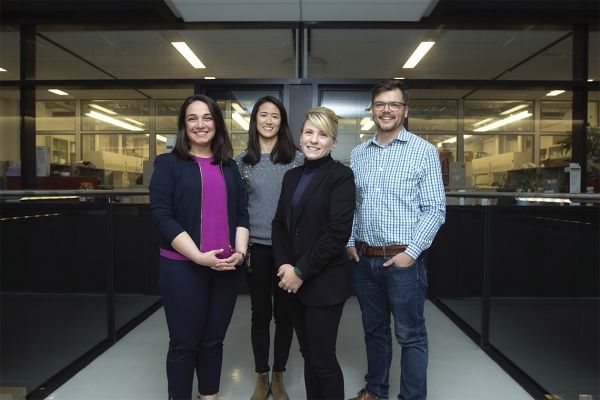Researchers at the University of Toronto and Arizona State University have developed the first direct gene-circuit-to-electrode interface by combining cell-free synthetic biology with state-of-the-art nanostructured electrodes.
The interface, which is described in a recent study in Nature Chemistry, couples biology’s ability to sense with the memory and decision-making capabilities of electronic systems.
Long inspired by concepts from the field of electronics, synthetic biologists are seeking to re-program biological systems to carry out artificial functions for medical, environmental and pharmaceutical applications.
“This is the first example of a gene circuit being directly coupled to electrodes, and is an exciting tool for the conversion of biological information into an electronic signal,” said Keith Pardee, an assistant professor at U of T’s Leslie Dan Faculty of Pharmacy.
Continue reading at University of Toronto.
Image via University of Toronto.


